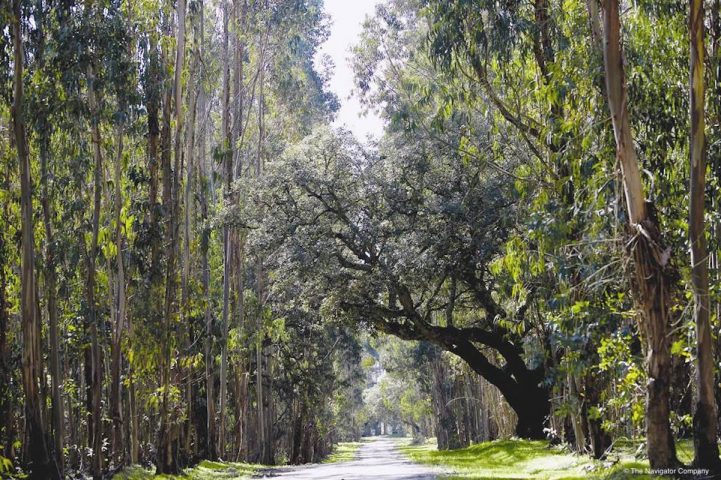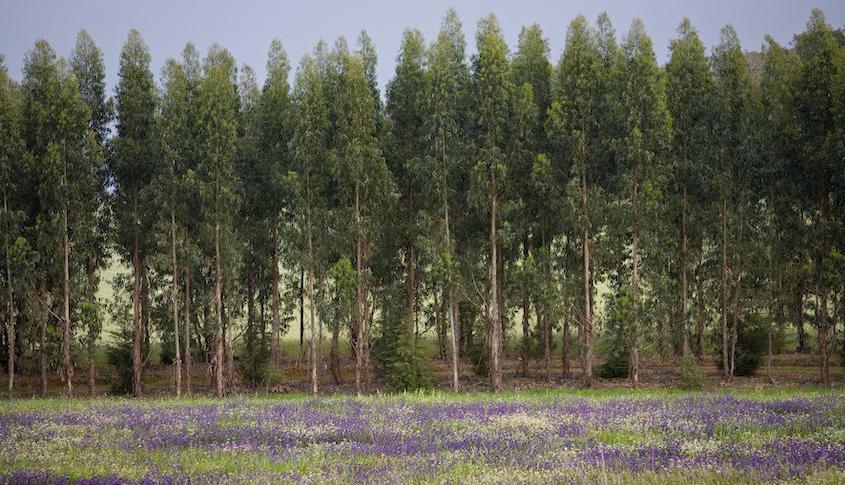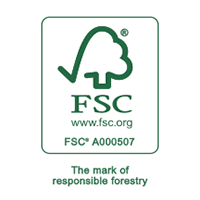Why the planet’s future also lays in sustainably managed forests?

5 tips on how to get back to work after vacations and during the pandemic
September 8, 2020
I’ve got into college. What do I do now?
September 15, 2020
We all know how important forests are for our present and future!
Forests help to reduce our carbon footprint by absorbing carbon emissions and improving the quality of the air that we breathe. It offers a home to endangered species, and often the lives and lifestyles of indigenous natives and local communities, from the Brazilian rainforest to the pine forests of Scandinavia.
However, only 8% of the world’s forest is properly protected from destruction, which requires a new and more strategic and systematic forest defense approach: sustainable forest management.
What is sustainable forestry?
In sustainable forests, everything is planned and organized from planting to cutting, through control of vegetation and maintenance of accesses, in a cycle of operations all year long.
A sustainable wood forest is, therefore, a forest that is carefully managed
Sustainable forestry means that for every tree that is felled to be made into something else, a new seedling is planted in its place. A sustainable wood forest is, therefore, a forest that is carefully managed, with quotas and systems in place to ensure that a sustainable forest lifecycle is always in operation.
It also means better-prepared forests to resist fires and be a safe home for the fauna and flora that inhabits it.
On the European continent, around 80% of the total burnt area per year is recorded in the countries of the Mediterranean area. Wildfires in California and Australia are also every-year news. The threat of forest fires has become a social, environmental, and economic emergency, and requires a new and strategic answer.
What makes a sustainable forest different from non-sustainable forests?
Sustainable forest management (SFM) means that woodland is being managed in accordance with the principles of sustainable development.
There are three main areas that represent sustainable development and sustainable forest management has to maintain a balance between all three. The areas are ecological, economic, and socio-cultural. If a forest is to be considered sustainably-managed, it must demonstrate that it can adhere to these principles and make sure that benefits are felt across the community, whether from working to combat climate change or working to provide an industry for local people.
A brief history…

Ideas around sustainable forestry have been in operation since the 18 Century, with replanting an obvious answer to deforestation. However, the concept became more clearly defined during the United Nations Conference on Environment and Development which took place in Rio de Janeiro in 1992.
More commonly known as the Earth Summit, the international community came together to agree on the ‘Forest Principles’, which was a shared agreement around what the practice of sustainable forest management would mean. With such a strong shared international commitment to sustainable forest management, it has made it easier for stakeholders to work together for a more sustainable future.
What are the benefits of responsible forest management?
Responsible forest management brings economic (higher productivity), social (rural development), and environmental benefits (enhancing the recovery of areas of value for conservation and minimizing fire destruction impacts).
Well aware of the benefits of preserving sustainable forests, the Pulp and Paper Industry is one of the most committed agents in developing and implementing sustainable forest management practices.
We can find an excellent example in Portugal, where one of the biggest worldwide pulp and paper producers, The Navigator Company (producer of worldwide leader premium office paper brand Navigator) manages about 165 thousand hectares of forest (about 5% of the Portuguese forest, including eucalyptus, pine, cork, and other species), with forest management practices certified by the international systems FSC®1 and PEFCTM2.

How can you be a supporter of sustainable forest management?
You can support this sustainable movement by making a greener choice when shopping for wooden products or by-products. How? Easy!

You may already be familiar with the Forest Stewardship Council (FSC) without realizing exactly what they do. When looking for wooden products, like furniture, or by-products, including office or offset paper, you will probably have noticed the FSC logo.
The FSC logo certifies that the item is a product from a sustainable wood source. The FSC is a not-for-profit organization that supports and promotes responsible management of forests all over the world.
Certification allows brands, businesses, and individuals to use the internationally-recognized trademark. Look also for the Programme for the Endorsement of Forestry Certification (PEFC) logo when choosing products that have been made with wood comes from sustainable sources that are harvested and replanting and managed without damaging the environment and local ecosystems.
Forests for fun
As said before, forests are an important source of employment within the local community and these can often be remote, rural areas that rely on the landscape around them for their income. Walking and hiking have been joined by mountain-biking as popular forest-based activities, but they need to be managed carefully.
Sustainable forests also need to be sustainable in the financial sense, making it important to achieve a sound balance between the income from travel and tourism and the impact that it can have on the local environment.
While outdoor enthusiasts have enjoyed the benefits of wild camping and thru-trail hiking for years, a more recent influx of visitors has seen a rise in ecotourism. Superb examples of sustainable forest management have been developed to encourage tourists to be more responsible in their approach to travel and adventure. Ecotourists consciously seek out opportunities to visit local communities within forests on the clear understanding that part of their reason for visiting is to contribute to the local environment and economy in a positive way. Rather than spend two weeks in resort-style accommodation, ecotourists are expected to make the most of local businesses, such as hotels and restaurants, and support local producers.
There are many superb examples of forest-based tourism that contribute to the local economy and support the local environment, whether it’s a nearby or on the other side of the world.
In the UK, Forestry England looks after a series of woodlands across the country, where visitors can mountain-bike, walk and run on specially created trails that are properly managed. There is also a change to try high rope walkways or even Segway along a special track.
If you want to experience a very different climate then try Palau, an island in the Pacific. Their government is working to keep visitor numbers low but increase the amount of money that they spend while they are there, with every visitor required to sign the ‘Palau Pledge’ to agree that they will act responsibly to protect the island’s natural and cultural heritage.
A sustainable wood forest has a long-term strategy and plans to still be growing for the generations to come. Planting for the future is an important part of sustainable management but making sure that the forests play their part right now is just as essential.




